Two days ago, on Tuesday morning…
Hot Stove #255 was posted. The lead story was about tonight’s regular season game at Rickwood Field in Birmingham, Alabama (6:00 on Fox).
And this tweet was posted by MLB about the game…
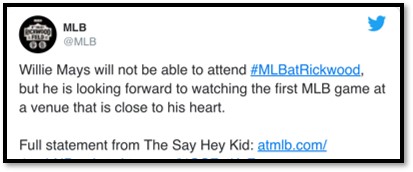

On Tuesday afternoon, Willie Mays died at the age of 93.
Willie’s interest in the Rickwood game was personal. Growing up, he lived in nearby Fairfield. Willie: “Rickwood’s been part of my life for all of my life…Like a church…I was going to work hard to be one of the Birmingham Black Barons and play ball at Rickwood Field. That’s what I did…My first job. You never forget that. Rickwood Field is where I played my first home game, and playing there was IT – everything I wanted.”
In 1948, 17-year-old Willie Mays, still in high school, lived his dream by playing for the Birmingham Black Barons.

The team won the 1948 pennant and then played in what would be the last Negro League World Series, losing to the Homestead Grays.
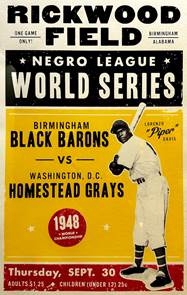
Willie continued to play for the Black Barons in 1949 and into the spring of 1950. In June, soon after he graduated from high school, the New York Giants bought his contract from the Black Barons.
Willie Mays in Hot Stove: There has been an outpouring of stories over the last two days about Willie Mays. All well-deserved for the player who many feel is the greatest to ever play the game.
Willie has been a regular in Hot Stove, starting with the inaugural post back in 2015. Below, from the Hot Stove archives.
Inaugural Hot Stove (#1) (11/30/15): In the inaugural post, I started a series on the best all-time position players. I did this in consultation with my 10-year-old grandson Ian who was really into baseball, no doubt partially influenced by the Royals having just won the World Series. [Ian Note: Soon to be 19 and headed to college in Chicago]

We started with the outfield. Two were tough to pick. We split on right field. He took Hank Aaron. I took Babe Ruth. In left field, it was a hard choice between Ted Williams and Stan Musial, but we both settled on Ted. As for center field, here is the excerpt from Hot Stove #1:
In center, it was easy for us to agree on Willie Mays (“The Say Hey Kid”). This was not due to a lack of other strong candidates (Cobb, Speaker, Mantle, DiMaggio). But the five-tool Willie gets our vote, and President Obama used that very term when he gave Willie the Presidential Medal of Freedom. President Obama also spoke of the important role played by Willie in the advancement of civil rights. Willie, Jackie Robinson, Hank Aaron and others from the Negro Leagues were helping crack open the door of the Civil Rights Movement. I was aware of this in my young teenage years as baseball and the music of Fats Domino, Chuck Berry and Little Richard held much of my attention.

Hot Stove #2 (12/14/15): Willie Mays strips from the Peanuts archives.


Hot Stove #89 (12/19/18): An anecdote on Willie from Senator (and big baseball fan) Tom Eagleton, reflecting on being a temporary celebrity during his short-lived campaign as George McGovern’s running mate in 1972…
“Then there was a wonderful kid in San Francisco…As we left to campaign in the morning, this young man stepped forward and said, ‘Senator Eagleton, sir, could I ask for your autograph – twice, if I may – one for me and one for my brother?’ I signed two blank cards. When we came back to the hotel…there was the same kid with the same question. I said, ‘I did this for you this morning.’ He responded, ‘Senator Eagleton, I have to tell you the truth. If I get four of you, I can trade them for a Willie Mays.’ I knew my stock was going up when just four of me could get a Willie Mays.”
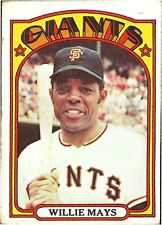
Hot Stove #128 (4/27/20): During the days of Covid purgatory, Joe Posnanski provided some relief with a series of essays counting down the top 100 players in baseball. He would later turn the series into the 2021 bestseller The Baseball 100. When he got to #1, here is how it was covered in Hot Stove…
Posnanski has said that his picks relied on a mix of stats and subjective factors (and as you will see, some whimsy). He considered WAR, multi-dimensional talent, the player’s era and certain bonus values (postseason performance, sportsmanship, impact on the game, years lost to war, etc.).
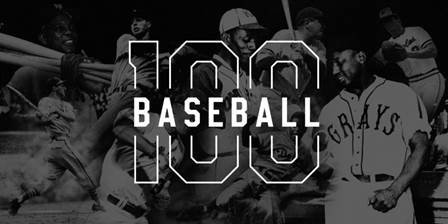
Joe admits “I don’t know who the greatest ballplayer is.” But then he makes a pretty good case for Willie. The batting and base running stats are spectacular across the board. Joe poses this question: “How many players have hit 400 doubles, 100 triples, 330 home runs and stolen 250 bases? Only one. Willie Mays.” Joe set a low bar to make this comparison. Willie’s actual numbers are even better: 523 doubles, 140 triples, 660 homers and 338 stolen bases. Wow.
And Willie was an elite center fielder. Range, instincts, arm and a cap flying off his head. He has great hitting stats, but the play he is most known for is as a fielder – his catch in the 1954 World Series. Everyone has seen it many times, but we never tire of it.
Joe found another quality that guided him to naming Willie Mays as #1 – the joy Willie brought to baseball. “What do you love most about baseball? Mays did that. To watch him play, to read the stories about how he played, to look at his glorious statistics, to hear what people say about him is to be reminded of why we love this odd and ancient game in the first place. Yes, Willie Mays has always made kids feel like grown-ups and grown-ups feel like kids. And in the end, isn’t that the whole point of baseball?”
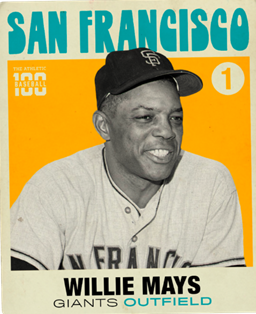
Hot Stove #163 (5/26/21): This post was about the early days of baseball cards when Topps and Bowman were fighting for market share, and Sy Berger of Topps recruited Willie Mays…
Berger was based in New York which then had three MLB teams. He had plenty of opportunities to see local players and visiting teams. In the Giants’ clubhouse, he befriended a discouraged Willie Mays who was 1 for 25 after he had been called up from the minors in 1951. Sy Berger: “He was just a kid and I met him in the locker room. Willie was just a nervous kid, and since it was my first year to a big-league locker room, I was nervous too. As Willie says, he was scared and looking for a friendly face, and I walked in. I am probably one of his best and oldest friends, and I am his representative.”

Willie Mays was drafted and missed part of the 1952 season and all of 1953. Bowman elected to not do a Mays card for 1953, but Sy Berger wisely kept Willie in the loop. The Willie Mays card is one of his most popular, even though he did not play that year.
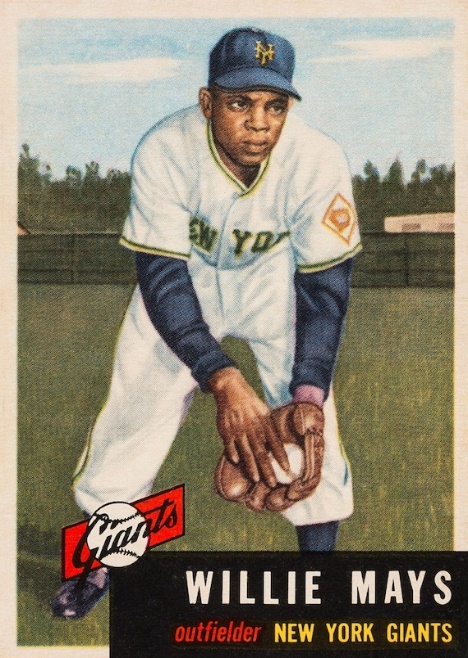
Willie returned to play in 1954 and had quite a year. He was the MVP and led the team to victory in the World Series. What was good for Willie was good for Sy Berger who said, “And I was always in the clubhouse…this is New York. So, I was known as ‘Willie’s friend’ [They would say] ‘Well, you know, if it’s good enough for Willie, it’s good enough for me.’”
Sy Berger died in 2014 at the age of 91, and Willie Mays had this to say: “He was my long-time friend. He helped me from my first days in the majors. I never could have made it without him. He always knew the right thing to say or the right thing to do. We worked together. We laughed together. We grew up together…So long old pal.”
Hot Stove #215 (1/13/23): The title to this post was “Martin Luther King Jr. Day (2023) – Willie Mays.” King recognized that excellent athletes were a blessing to the Civil Rights Movement. The success of Jackie Robinson and those who followed were pioneers in the cause. Excerpts from the post…

Upon graduation in 1950, Willie signed with the Giants and played that season with their Class B team in Trenton, New Jersey. Having grown up in the Deep South, Willie was not surprised at the indignities of being the sole Black player on the team. Living and eating alone, separate hotels on the road, invectives from the stands, etc.
In 1951, Willie moved up to the Giants AAA farm team in Minneapolis. After 35 games, he was hitting .477, and manager Leo Durocher pushed and got Willie promoted to the majors. Leo became a father figure to Willie who was just 20 when he was called up. And Leo was right about Willie being ready – he was voted the National League Rookie of the Year. The Giants won the pennant over the Dodgers on Bobby Thomson’s “shot heard around the world.” Willie was on-deck when Thomson hit his homer. [Below, Leo and Willie]
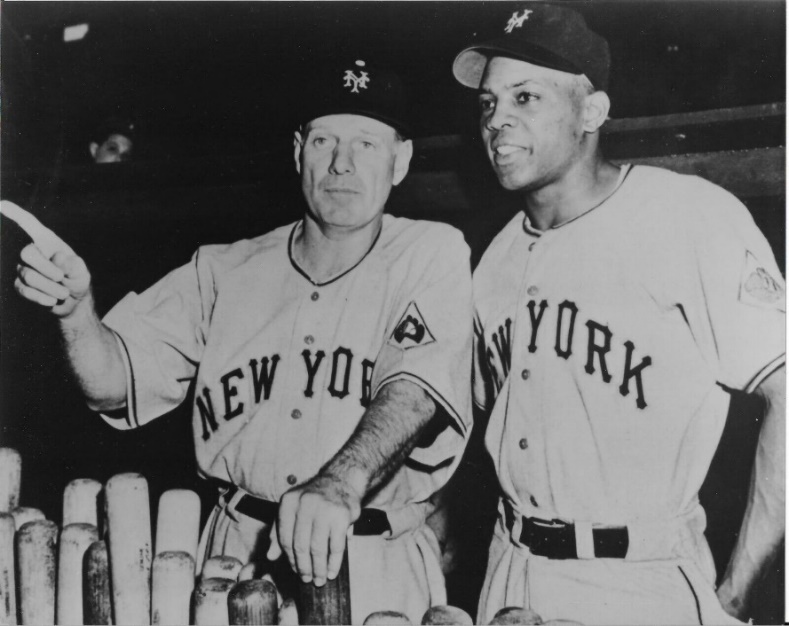
Although Jackie Robinson had broken the color line in 1947, there was little progress as of 1951 when Willie joined the Giants. There were still only five MLB teams with Black players. Most cities still had some forms of segregation. Any improvements were often baby steps. For example, a Black player might be accepted in the team hotel, but not have the right to linger in the lobby or use the dining room and swimming pool.
One advantage in New York was that Willie could live in Harlem, a thriving area for the Black population. Willie was in his element there with favorite restaurants and playing stickball with the kids in the streets (stickball clip here, with Buck O’Neil doing the intro). Below, his 1951 rookie card by Bowman.
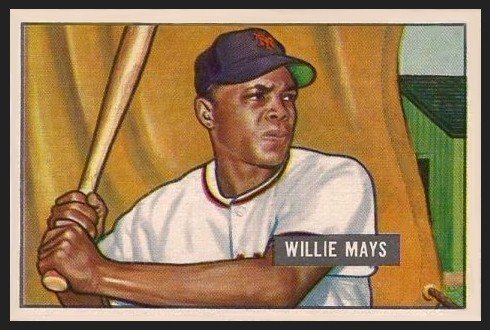
Willie was drafted into the Army the next year and missed most of 1952 and all of 1953. Willie was back with the Giants in 1954, and it all came together. Willie was the MVP of the National League. He made “The Catch” in the World Series, and the Giants beat the Indians to be the World Champions.
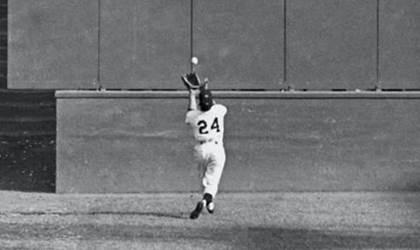
Willie’s contribution to the game and to the cause of civil rights was colorfully captured in a magazine essay by actress and Giants fan Tallulah Bankhead (Look, 9/21/54): “Everything he does on the field has a theatrical quality…He rescues the heroine from the railroad tracks…He routs the villain when all seems lost…There have been two geniuses, Willie Mays and William Shakespeare…baseball has…unbigoted some bigots.”
Leo Durocher fawned over Willie’s importance to the team, calling him the greatest player ever. He said Willie excelled at an elite level in the five essential tools of baseball: Hitting, hitting with power, fielding, throwing and running.
Leo’s wife Laraine Day had a 15-minute interview show…Of the players she interviewed, “the favorite of all is Willie Mays, who suffers tortures on the air and yet wins the heart of everybody.” Willie’s close relationship with Durocher and Day was celebrated in a Sports Illustrated cover as the 1955 season got underway (Willie/Laraine/Leo on 4/11/55):

What could go wrong? Racism of course. Look closely to see where Laraine Day has her hands. On the shoulders of Willie and Leo. A white woman touching a Black man!
Willie might be MVP on the field, but the bigots could not abide this transgression. Hate mail rolled into Sports Illustrated. Not all bigots had become unbigoted.
[Willie was even dogged by racism in San Francisco when the Giants moved there in 1958. For more on Willie and the Civil Rights Movement, see Hot Stove #215.}
Hot Stove #216 (2/2/23): Gambling was anathema to baseball (in 1979, not now), and Mickey Mantle and Willie Mays working at casinos after retirement got them banned from baseball.
In August of 1979, Willie was inducted into the Hall of Fame. A few months later, he accepted a job offer to be a public relations host at Bally’s Park Place Casino in Atlantic City. It paid him $100,000 a year, double what he was making as a part-time goodwill ambassador for the Mets. His time commitment to Bally’s was 10 days a month. After Willie accepted the offer, the hall-of-famer was promptly banned from baseball by Commissioner Bowie Kuhn. So, Willie could not keep his part-time job with the Mets.
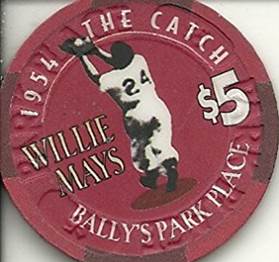
In 1984, Kuhn was replaced by Peter Ueberroth who within a few months lifted the ban on Mantle and Mays. It was a popular move and rated a cover story in Sports Illustrated.
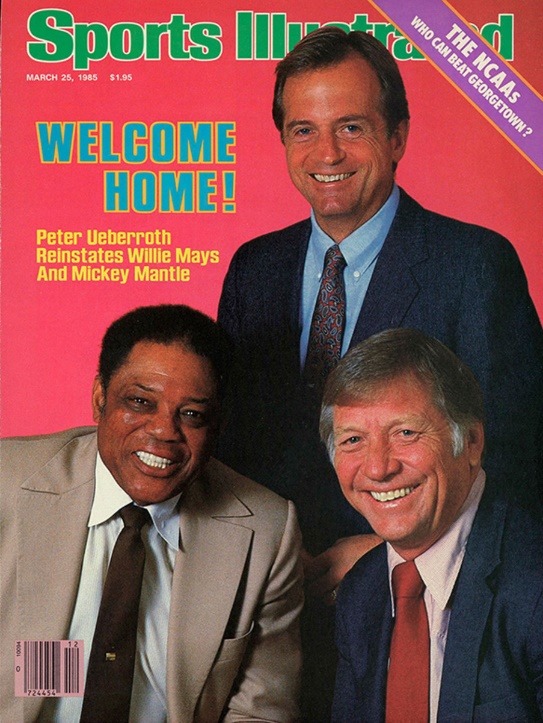
Guest Editorial: My friend Dan Margolies has a nice personal take on Willie:
“My late father was a die-hard Giants fan, even though he grew up in the Bronx, home of the Yankees, and the Giants played in the Polo Grounds in Upper Manhattan. Even after the Giants broke his heart when they moved to San Francisco, he stuck with them, largely for one reason: Willie Mays. The greatest, most electrifying ballplayer of all. I can still remember my father nearly driving off the road on Ward Parkway when, in a game against St. Louis that we were listening to on the radio (in those days, you could pull Cardinal games in from St. Joseph), then-Cardinals announcer Harry Caray yelled in amazement that Mays had dropped a routine fly ball. (If I recall correctly, he had made one of his trademark basket catches but the ball dribbled out of his glove.) But never mind: my rabbi father managed to eke a sermon out of it. In fact, I think Willie Mays provided him with fodder for at least a dozen sermons over the course of his rabbinic career. And I’m pretty sure Willie Mays was not Jewish.”
Dan, a classical music connoisseur, can appreciate this conversation…

Lonnie’s Jukebox – Willie Mays Edition: A couple of songs to celebrate Willie.
“Say Hey (The Willie Mays Song)” by the Treniers (1955). The music video ends with a play that brings together three Hall of Famers. Willie slides safely into home under the tag of the Dodgers Roy Campanella (39). Campy argues vehemently and is joined in that by Jackie Robinson (42).
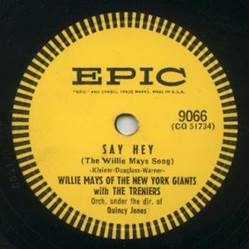
“Centerfield” by John Fogerty (1970). The video for the song is vintage footage that includes Willie Mays, the catch and Fogerty singing “So ‘Say Hey’ Willie, tell the Cobb, and Joe DiMaggio…”.
And a story (click Satchel and Willie) and a statement from Bob Kendrick, President of the Negro Leagues Baseball Museum.

RIP Willie.
